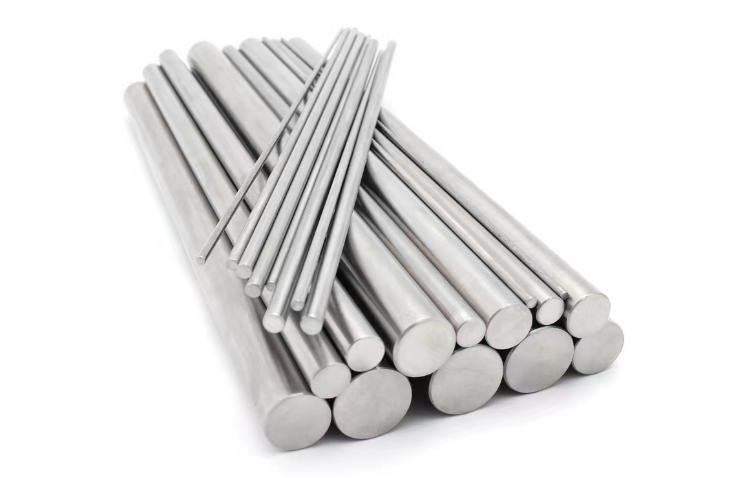In the realm of metallurgy and materials engineering, the question “Is tool steel stronger than steel?” often arises due to the subtle yet significant differences between these two categories of alloys. To provide a comprehensive and authoritative answer, it is essential to delve into the nuances of steel classification, alloy compositions, mechanical properties, and intended applications.

Is tool steel stronger than steel?
Firstly, it is important to clarify that “steel” is a generic term used to describe a wide range of iron-based alloys containing carbon, often with additional alloying elements. Steel’s properties can vary significantly depending on its carbon content, alloying elements, and heat treatment processes. Tool steel, on the other hand, is a subcategory of steel specifically designed for use in tools and cutting instruments due to its exceptional wear resistance, hardness, and toughness.
Composition and Alloying Elements
Steel’s fundamental composition is iron with carbon content ranging from approximately 0.02% to 2.1% by weight. However, steel can also contain other alloying elements such as manganese, silicon, chromium, nickel, molybdenum, vanadium, tungsten, and cobalt, which are added to enhance specific properties. Tool steel, in particular, contains a higher proportion of carbon and often additional alloying elements that are tailored to meet the demands of tool manufacturing.
Tool steel compositions can be broadly classified into groups such as water-hardening, oil-hardening, air-hardening, and high-speed steel. These classifications are based on the type of cooling medium required to achieve the desired hardness after heat treatment. For example, water-hardening tool steels have a relatively high carbon content and are quenched in water, while air-hardening steels can achieve high hardness simply by cooling in air.
Mechanical Properties
The mechanical properties of steel and tool steel are determined by their composition, heat treatment, and microstructure. Strength, hardness, ductility, and toughness are some of the key parameters that differentiate these materials.
Strength is typically measured as yield strength or ultimate tensile strength and represents the ability of a material to resist deformation or fracture under load. Tool steels, due to their specialized alloy compositions and heat treatments, often exhibit higher yield and ultimate tensile strengths compared to general-purpose steels.
Hardness is a measure of a material’s resistance to indentation or scratching. Tool steels are renowned for their exceptional hardness, which is achieved through high carbon content and proper heat treatment. The Rockwell C scale is commonly used to measure the hardness of tool steels, with values typically ranging from 55 to 70 HRC.
Ductility refers to a material’s ability to undergo significant plastic deformation without fracturing. While tool steels are designed for hardness and wear resistance, they also possess sufficient ductility to allow for machining and shaping. However, general-purpose steels often exhibit higher ductility than tool steels.
Toughness is a measure of a material’s ability to absorb energy and resist fracture. Tool steels are typically optimized for hardness and wear resistance, but they can also be tailored to achieve a balance of hardness and toughness through alloy design and heat treatment.
Applications
The intended applications of steel and tool steel play a crucial role in determining their suitability. General-purpose steels are used in a wide range of applications due to their versatility and cost-effectiveness. They are found in construction, automotive, aerospace, and other industries where strength, ductility, and weldability are critical.
Tool steels, on the other hand, are specifically designed for use in tools and cutting instruments that require exceptional wear resistance, hardness, and toughness. They are used in the manufacturing of cutting tools, dies, punches, and other precision components. The higher cost of tool steels is justified by their superior performance in these demanding applications.
Conclusion
When comparing the strength of tool steel and steel, it is important to recognize that strength is just one of many mechanical properties that differentiate these materials. Tool steels are designed for specific applications that require exceptional wear resistance, hardness, and toughness, often achieved through higher carbon content and specialized alloy compositions. While general-purpose steels may exhibit higher ductility and lower cost, tool steels excel in applications where hardness and wear resistance are paramount.
In summary, it is not accurate to say that tool steel is “stronger” than steel in a general sense. Rather, tool steel is optimized for specific properties that make it suitable for use in tools and cutting instruments. The choice between steel and tool steel should be based on the specific requirements of the application, considering factors such as strength, hardness, ductility, toughness, and cost.
Thank you for reading our article and we hope it can help you to find the answer to the question: Is tool steel stronger than steel? If you are looking for tool steel suppliers and manufacturers online now, we would advise you to visit Sino Special Metal.
As a leading supplier of tool steels from Shanghai China, Sino Special Metal offers customers high-quality tool steel products at a very competitive price.




